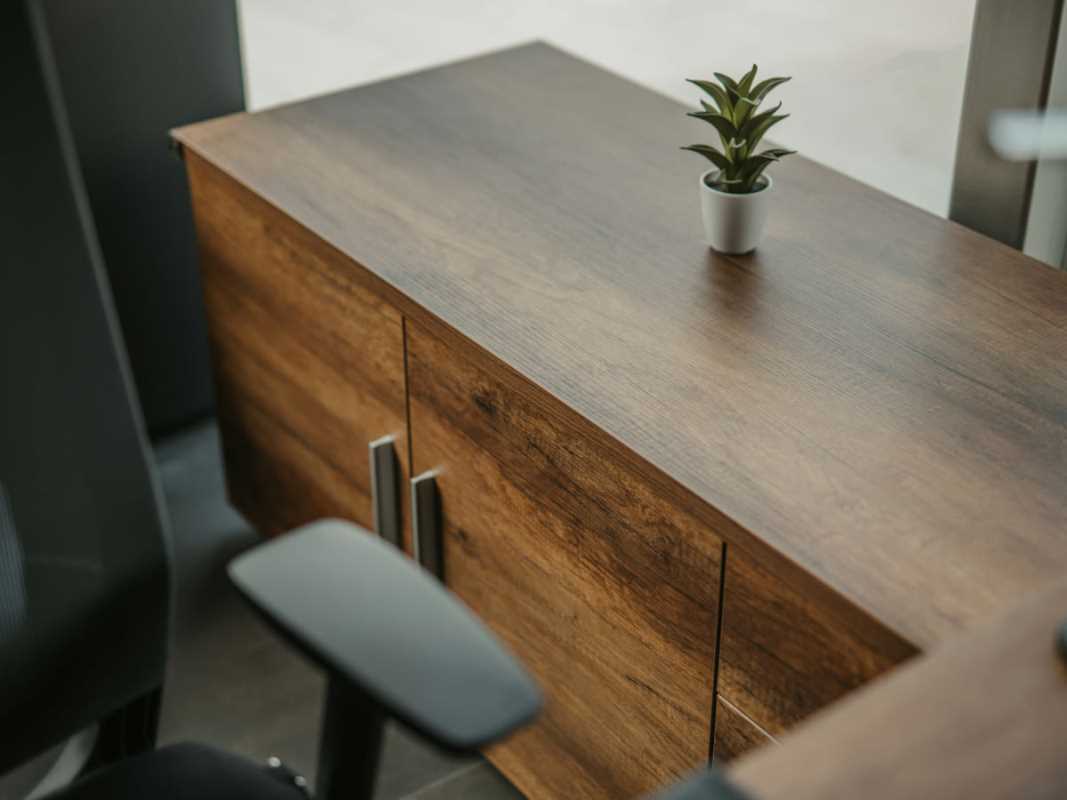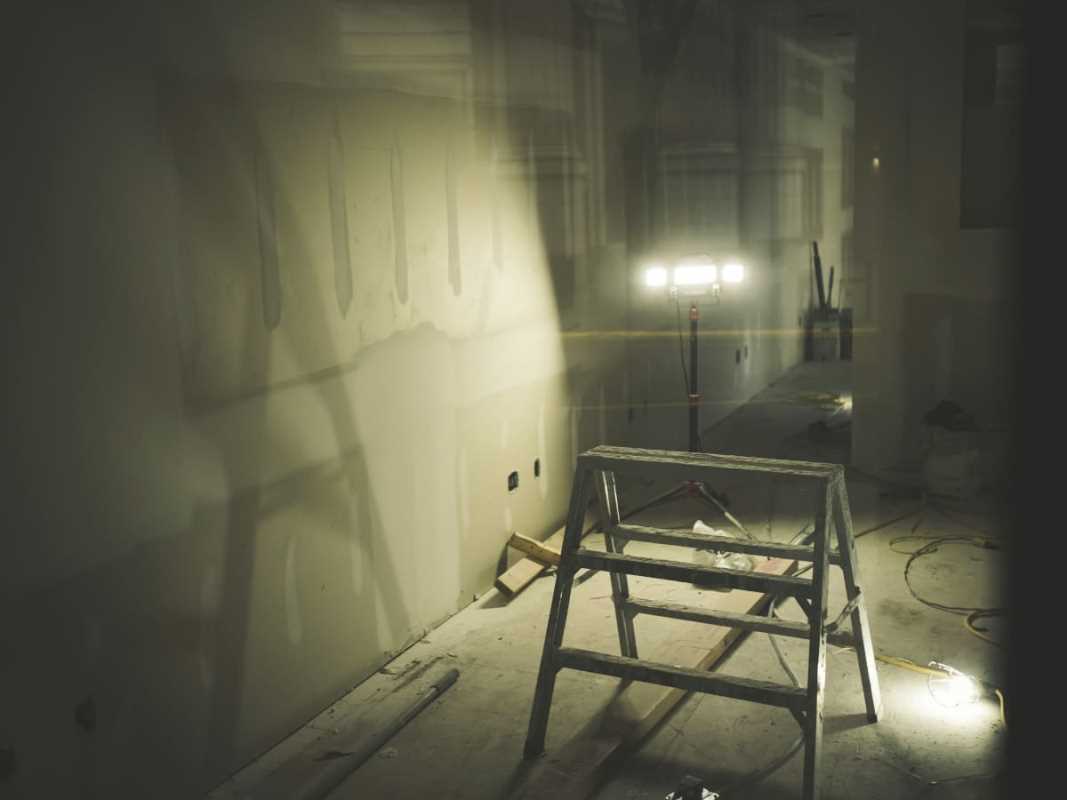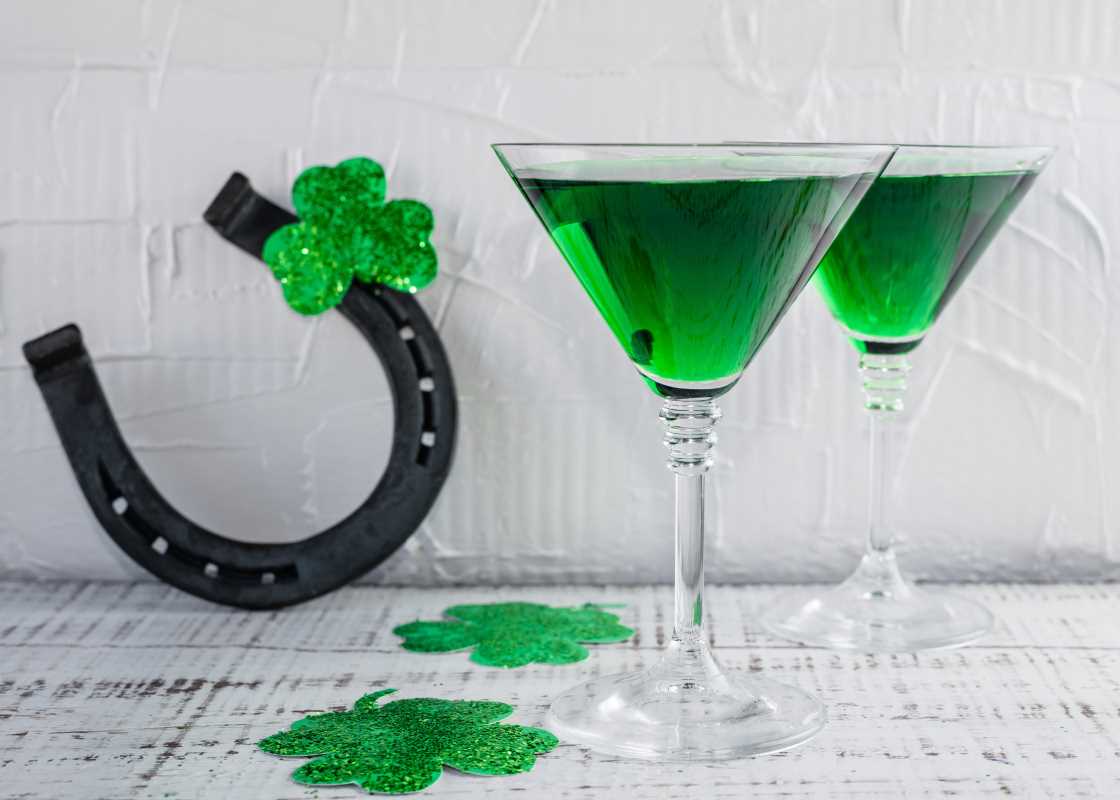Breathing new life into old wood furniture is like uncovering hidden treasures hiding in plain sight. That scratched-up dresser or faded table in the corner might not look like much now, but with a little effort and creativity, you can transform it into a show-stopping piece. Refinishing furniture doesn’t have to be intimidating. Armed with a few handy tips and tricks, you’ll not only upgrade your furniture but also save money and gain a sense of accomplishment from crafting something uniquely yours.
Starting with the Right Prep Work
The secret to any successful refinishing project lies in the preparation. Skipping this step is tempting, especially when you’re itching to see results, but it will come back to haunt you later. The good news is that taking the time to prep leads to smoother, longer-lasting results. First, figure out if the furniture has a finish that needs removing. Older pieces may have layers of varnish, paint, or even wax coatings that you’ll need to address.
Begin by giving the piece a good cleaning. Dust, grime, and oils can prevent new finishes from adhering properly, so grab some soapy water or a wood-friendly cleaner and scrub it down. Then comes the fun part, sanding. Use medium-grit sandpaper to strip off the old finish, then switch to fine-grit sandpaper to smooth it out. The goal is to create a clean, even surface for your new finish to grab onto.
Don’t underestimate the importance of safety here. Sanding creates fine dust particles, so throw on a dust mask and goggles to protect yourself. Your lungs and eyes will thank you, especially after a long sanding session.
Repairing and Restoring Damage
Every piece of old furniture comes with a story, and often, that story involves scratches, gouges, or wobbly legs. While these imperfections might add charm, some issues need fixing before you can move forward. Luckily, restoring damage isn’t as daunting as it sounds.
Start with structural repairs. Tighten loose screws, glue wobbly joints, and replace missing hardware. For cracks or deep scratches, wood filler is your best friend. Choose a filler that matches the wood’s color, apply it carefully, and sand it smooth once it dries. This step ensures your finished piece will look polished rather than patched together.
For water rings or surface stains, try a simple fix before going nuclear with refinishing. A mixture of baking soda and water can work wonders on minor blemishes. And if a veneer is peeling, don’t panic. Carefully glue it back in place and clamp it down until it dries. That old dresser might have looked like it lived a rough life, but these small interventions can work like a time machine.
Choosing the Best Finish for the Job
Picking the right finish for your piece is like choosing your outfit for an important event. Do you want something classic, bold, or maybe a bit rustic? Each finish has its unique character and can dramatically change the look and feel of the furniture. If you’re going for a natural wood look, stains are ideal. They enhance the grain of the wood while giving it depth and richness.
On the other hand, paint provides an opportunity to have a little fun. Go bold with eye-catching colors or muted for a more vintage vibe. Chalk paint offers a matte, antique-y finish that has become incredibly popular for giving old furniture a charming, shabby-chic look. Polyurethane or varnish is perfect for a glossy, durable finish that will hold up in high-use areas like kitchen tables.
When applying the finish, always test it on a hidden area first. Wood often reacts in surprising ways, and a test patch can save you from unexpected surprises. Brush on your finish in thin, even layers, allowing each one to dry fully before adding the next. Patience is key here if you want that smooth, silky finish.
Adding Depth with a Touch of Creativity
Refinishing doesn’t mean strictly sanding and slapping on some paint. This is your chance to get creative and completely transform your furniture into something one of a kind. Distressing, stenciling, and layering techniques allow you to add personality and flair.
Distressing is perfect for that well-loved, rustic look. Use sandpaper, a hammer, or even a chain to add carefully placed wear marks. It feels a little wild, but it’s a lot of fun. Stenciling, on the other hand, provides endless possibilities for designs. Add floral patterns, geometric shapes, or your favorite inspirational quote to the surface for a pop of personality.
Want it to look like it has an aged patina? Try a layering technique using multiple paint colors and light sanding between layers. This creates a beautifully complex finish that suggests the piece has been passed down through generations, even if you just picked it up at a flea market last week.
Polishing It All Off
Once you’ve stripped, sanded, stained, or painted, there’s one last step that many people overlook, the topcoat protection. Even if your piece won’t see heavy use, a protective layer will keep it looking great for years to come. Polyurethane, shellac, and wax are common topcoat choices, each offering different levels of protection and shine.
The final step is to reassemble any hardware if you removed it. Clean handles, knobs, or hinges before reattaching them. Don’t be afraid to replace dated hardware with something new to fit your updated piece’s style. Voilà! Your old wood furniture is now a one-of-a-kind masterpiece.
Wrapping It Up with Confidence
Refinishing furniture combines craftsmanship, artistry, and a pinch of problem-solving. The process can be messy, and yeah, you might have some “oops” moments. But ultimately, it’s incredibly rewarding to see an old piece gleaming with new life.
With proper prep work, a few clever repair tricks, the right finishes, and the courage to get creative, you can transform that tired hand-me-down into something worthy of admiration. It’s not just about making furniture functional again; it’s about infusing it with a character that reflects your personal style.
Whether you’re rescuing a dilapidated flea market find or breathing new life into a family heirloom, refinishing wood furniture is an adventure worth embarking on. Through scratches, sandpaper, and a little elbow grease, that neglected piece could become the star of your home.







